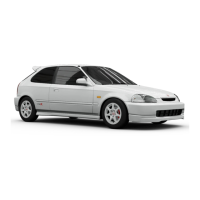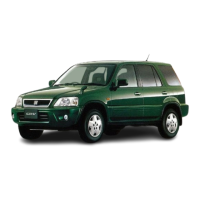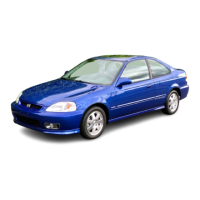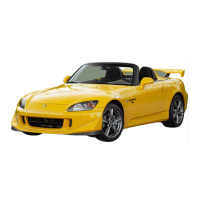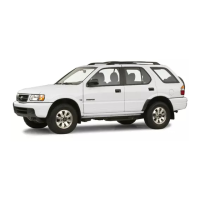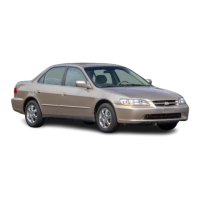Tires
You should get your own tire
pressure gauge and use it whenever
you check your tire pressures. This
will make it easier for you to tell if a
pressure loss is due to a tire problem
and not due to a variation between
gauges.
Recommended Tire Pressures for
Normal Driving
The following chart shows the
recommended cold tire pressures for
most normal driving conditions and
speeds.
The compact spare tire pressure is:
60 psi (420 kPa , 4.2 kgf/cm
2
)
These pressures are also given on
the tire information label on the
driver's doorjamb.
Tubeless tires have some ability to
self-seal if they are punctured.
However, because leakage is often
very slow, you should look closely
for punctures if a tire starts losing
pressure.
Tire Pressure Adjustment for High
Speed Driving
Honda strongly recommends that
you not drive faster than posted
speed limits and conditions allow. If
you decide it is safe to drive at high
speeds, be sure to adjust the cold tire
pressures as shown below. If you do
not adjust the tire pressure, exces-
sive heat can build up and cause
sudden tire failure.
Maintenance
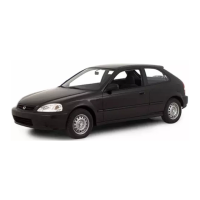
